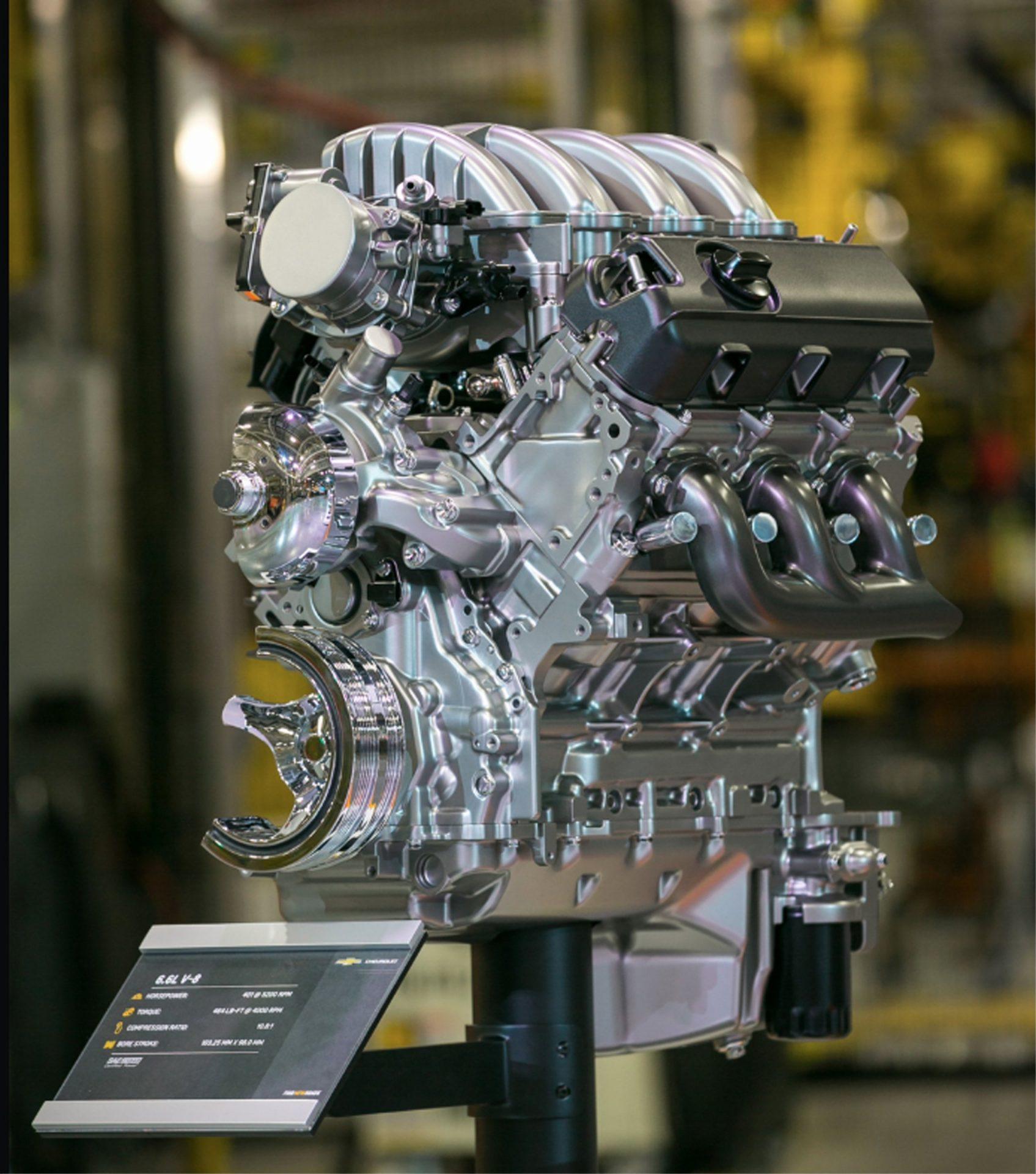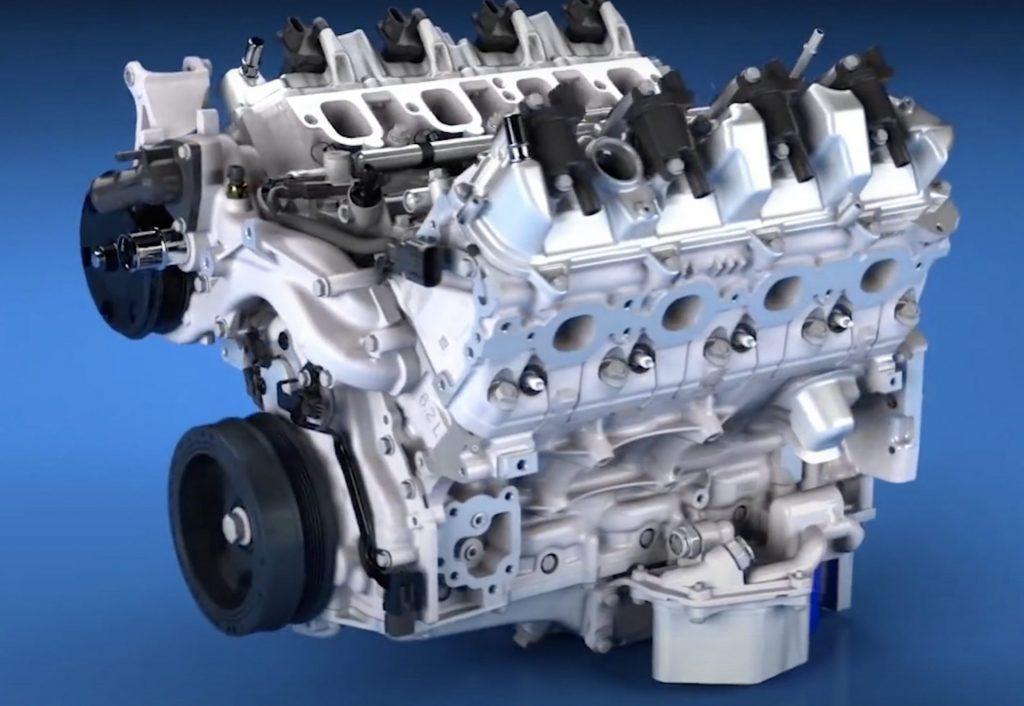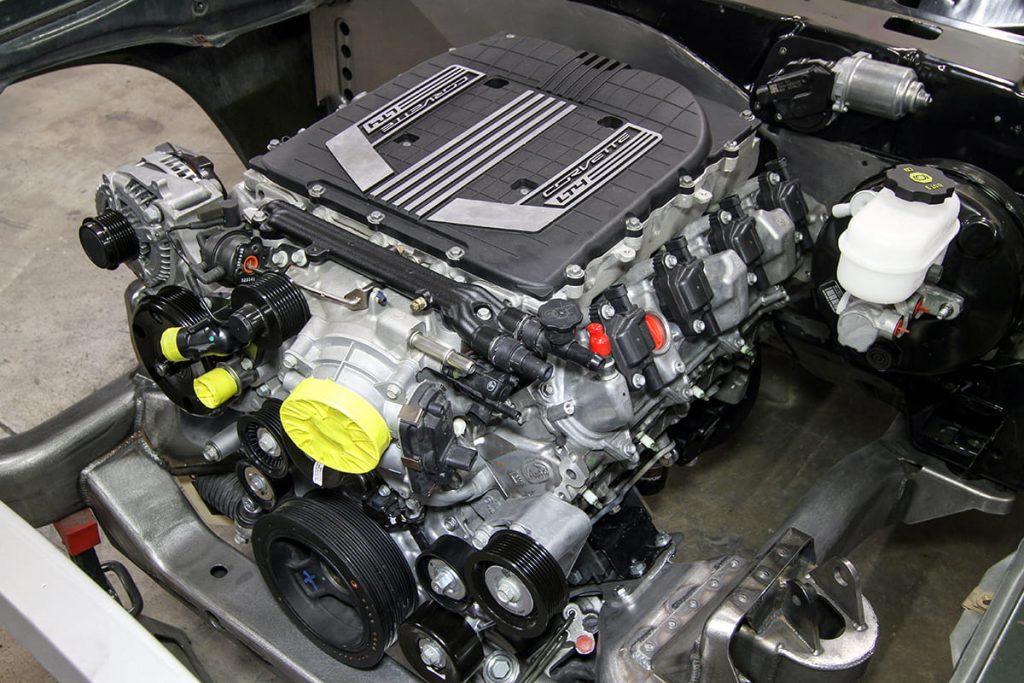The Ultimate LT Engine Guide: Everything You Need to Know
By Sebastian Orellana
Updated Feb 17, 2024

LT engines are some of the most influential and reliable engines today. They are used in various applications, including cars, boats, and airplanes. As such, they require regular maintenance and proper care to ensure peak performance and longevity.
Table of Contents
This guide will provide you with everything you need to know about LT engines, from how to choose the right engine to the various maintenance procedures needed to keep it running in top condition.
READ: Best c10 Front Suspension Kit
What is an LT Engine?

An LT engine is an internal combustion engine that utilizes two-stroke technology. It typically has a single cylinder, allowing for a more compact design and greater power output. LT engines are used in various applications, including cars, boats, and airplanes. They are known for their high power-to-weight ratio and their ability to produce low emissions.
How to Choose the Right LT Engine
When selecting an LT engine, there are several important factors to consider. First, you should consider the power requirements of your application. A larger displacement engine may be best if you are looking for a powerful engine.
On the other hand, if you are looking for an engine with better fuel efficiency and lower emissions, then a smaller displacement engine may be the better choice. Additionally, you should consider the type of fuel the engine will be using, as some engines are designed specifically for certain fuels.
LT Engine Maintenance
Regular maintenance is essential for keeping your LT engine running at its best. The most important maintenance tasks include changing the oil and filters, cleaning the spark plugs, and inspecting the engine for signs of wear or damage. Additionally, following the manufacturer's recommended service intervals and using only the highest quality parts and lubricants when performing any maintenance work is essential.
LT Engine Tuning
Tuning an LT can help to improve its performance. This can be done by adjusting the ignition timing, changing the air-fuel ratio, or increasing the compression ratio. Additionally, some engines can be modified with aftermarket parts to enhance their power output.
LT Engine Troubleshooting
If your engine is not performing as it should, several possible causes exist. Common issues include a dirty air filter, a faulty spark plug, or a blocked fuel line. These issues can usually be diagnosed and fixed relatively quickly. However, in some cases, more severe problems, such as a damaged piston or bearing, maybe the cause. In this case, it is best to take the engine to a professional for diagnosis and repair.
LT Engine Parts

LT replacement parts are widely available from online and physical retailers. Popular parts include piston rings, spark plugs, and fuel filters. Additionally, many aftermarket parts are available to enhance the engine's performance.
READ: How To Build Your EV Into A High-Performance Electric Car?
LT Engine Care
You should follow some basic guidelines to keep your engine performing at its best. This includes using the correct grade of oil, keeping the engine clean, and following the manufacturer's recommended service intervals. Additionally, you should store the engine in a dry, cool, and dust-free environment.
LT Engine Life Expectancy
The life expectancy of an LT engine depends on several factors, including the quality of the engine, how it is maintained, and how it is used. Generally, LTs should last many years with proper care and maintenance.
Safety Considerations
When working on or around these engines, it is essential to take proper safety precautions. This includes wearing safety glasses, using the correct tools, and following the manufacturer's safety instructions. Additionally, it would be best if you never worked on a hot engine, as this could lead to serious injury.
READ: Electric Truck Conversion Kit
The Ultimate LT Engine Guide: Everything You Need to Know - Conclusion
LT engines are some of the most reliable and powerful engines available today. They are used in various applications, from cars to boats to airplanes. To ensure peak performance and longevity, it is essential to choose the right engine for your application, perform regular maintenance, and follow the manufacturer's safety instructions.
This guide has provided you with everything you need to know about these engine types, from choosing the right engine to the various maintenance procedures needed to keep it running in top condition.
